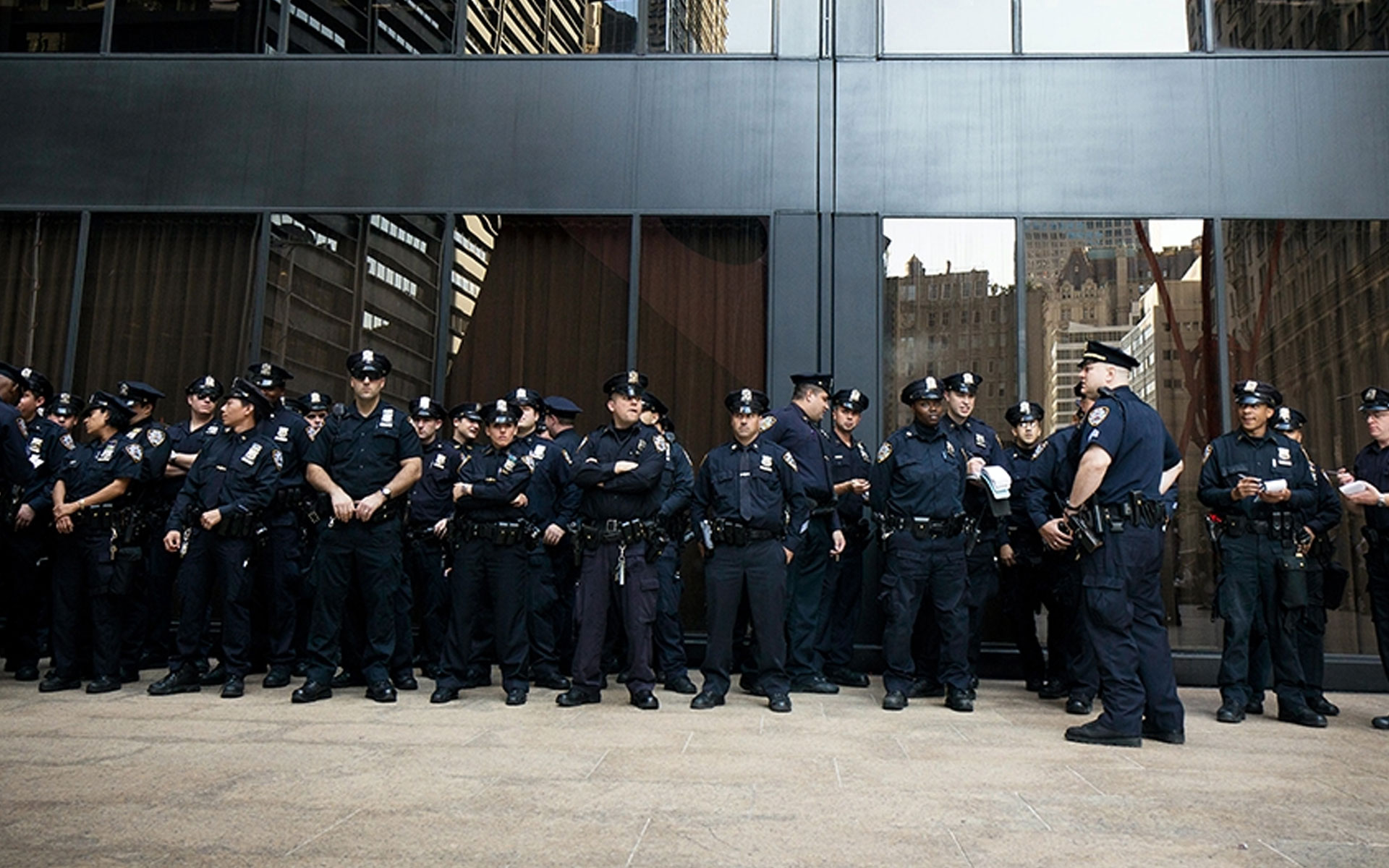Today’s socio-political climate has placed diversity and inclusion at the forefront, revealing the depth to which psychological safety has been absent in many workplaces.
Article based on the forthcoming research:
“Corporate Social Responsibility of U.S.-listed Firms Headquartered in Tax Havens”
Many of us use the term “facade” to describe the face or entryway of a building. Facades are often decorative, but they can also protect the building from storms and other threats. In my research, I use this latter purpose of facades as a metaphor to describe a protective “front” or “mask” people wear to hide personal values and, sometimes, to even pretend to be in agreement with the direction and values most prevalent in their workplace.
I use the term “facades of conformity” to describe how employees avoid discussing personal perspectives that are not aligned with what seems to be most valued in their workplaces. For example, employees with cultural values that are different from those of the majority may be hesitant to discuss customs and beliefs connected to their culture, fearing that they may trigger stereotypes about that culture in future interactions. In addition, in some work contexts, women avoid discussing their level of commitment to family life in fear of jeopardizing career trajectories.
Throughout twenty years of research, I have consistently found that at least one-third of employees feel they must put up a facade of conformity in the workplace to survive and succeed in their careers. Granted, professional discretion requires us to sometimes silence personal views to facilitate positive day-to-day workplace interactions. The fleeting moments of stress associated with conceding to ideas contrary to our own are common in work life. Indeed, our basic human resilience teaches us we cannot always have our own way.
Conformity can be dangerous
However, my research findings show that when we conform to environments where we feel pressured to suppress values and experiences related to our personal identities (e.g. race, religion, and sexuality), we experience an increase in detrimental outcomes such as emotional exhaustion and lower levels of work engagement. Creating a facade of conformity can also decrease one’s commitment to the organization and increase one’s intention to leave.
Conversely, when employees don’t feel a need to create facades and are able to be authentic at work, they are more satisfied, less likely to experience depressive symptoms, and, overall, the organization is poised to leverage more creative ideas and diversity of thought.
Psychological safety can make all the difference
It is therefore important for organizations and their leaders to understand how to build environments of inclusion where everyone feels that they are psychologically safe to be themselves at work. Specifically, as noted by Dr. Amy Edmondson, psychological safety occurs when employees feel that they can interpersonally take risks, which include offering diverse points of view that can help the organization learn and subsequently generate solutions.
With the above in mind, today’s social and political climate has placed issues around race, discrimination, and, more generally, diversity and inclusion at the forefront in a manner that has revealed the depth to which psychological safety has been absent in many workplaces. The current outcry to address systemic discrimination places demands on how we perform our jobs and interact with others. Authenticity is on trial as employees and managers grapple with how best to communicate perspectives and experiences.
Minorities are most impacted
It is particularly risky for employees who are Black or Indigenous People of Color (BIPOC), and others whose identities are traditionally marginalized, to publicly share their experiences of discrimination in fear of career-related negative consequences, social exclusion, and simply being misunderstood.
Not only does research show that women and minorities are punished when advocating for equity, but a quick view of the Twitter feeds of members of the BIPOC community who authentically share their stories also reveals the onslaught of intensely negative responses that range from name-calling to physical threats.
This is why many still create facades and find it increasingly difficult to breathe behind them—these attacks confirm the threats, intensify emotional exhaustion, and highlight the absence of psychological safety at work and in society.
This absence of psychological safety pressures—and perhaps silences—allies who are not part of the BIPOC community but are committed to using their influence to address racism and promote supportive workplaces. Moreover, there are those within organizations who object to discussions around concepts of anti-racism, diversity, or inclusion and who feel their voices are too often silenced by the political climate of the day. Hence, the issue has become increasingly complex for organizational leaders.
Organizations must take action
It is imperative that organizational leaders develop a plan of action regarding the implementation of psychological safety in their policies, practices, and norms. To promote values around equity, diversity, and inclusion, this plan must consider voices from different segments of employees in ways that promote mutual respect and drive solutions so that these values are protected and uncompromised. These values must be defined and communicated broadly so that everyone understands what they mean and how they will influence and even change how work is performed. In doing so, it will not only help tear down facades but will also facilitate a shared understanding of the rules of engagement for exuding authenticity.
Authenticity should not be about vocalizing everything that is on one’s mind; not every thought is useful for generating organizational solutions, particularly when one’s authenticity fortifies bias or is derogatory toward others. Rather, authenticity should be exuded in a manner that is consistent with the values of equity and mutual respect, which will, in turn, generate a sense of belonging and trust. Doing so will also reinforce the level of psychological safety needed for others to tear down their own facades, breathe, and make useful, uninhibited contributions to organizational learning and innovative decision making.














